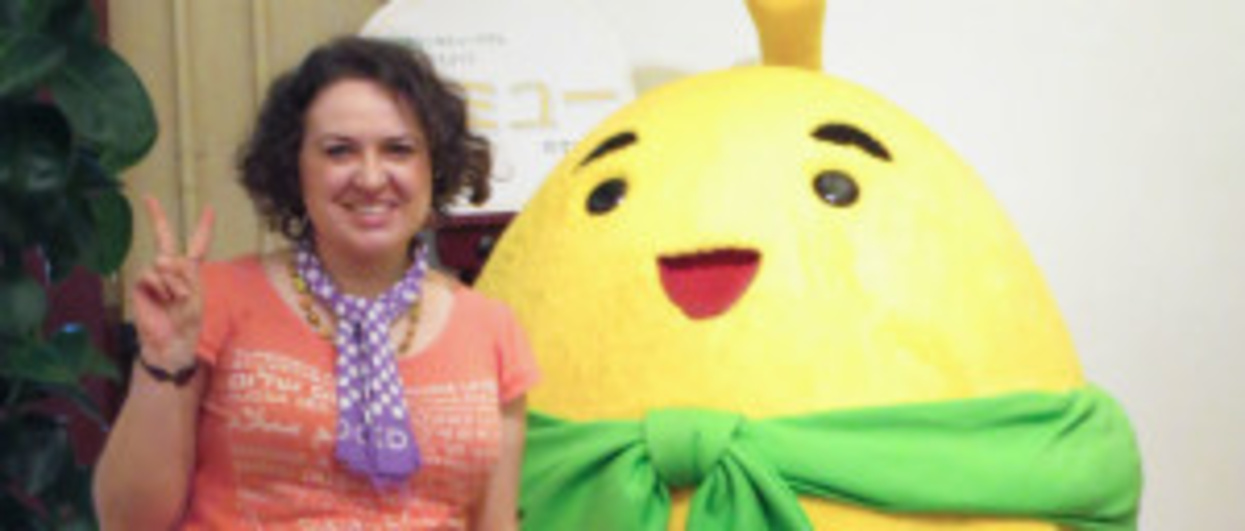Summer Dispatches 2015: Andrea Horbinski

This year, the BCNM awarded five new media graduate students with summer fellowships to help support their dissertation research and writing. Here’s what Andrea Horbinski gained from the experience!
This summer (and for most of the past year, actually) I’ve been in Japan doing research on my dissertation, which deals with the history of manga—Japanese comics. Manga is often said to have a “thousand-year history” stretching back to illustrated picture scrolls in ancient Japan, but I’ve previously argued—and have found in my research—that manga is a very consciously modern, 20th century phenomenon, just like American comics and Franco-Belgian bandes-dessines. Looking at manga as a form of new media when it emerged beginning in the late 1890s has helped me to understand how and why it became popular, and why its popularity has endured even as what we mean when we say “manga” has changed radically over the past hundred years.
My fellowship award took me on the road—well, actually, on the rails on the shinkansen, Japan’s famous highspeed train—to Kyoto, where the Kyoto International Manga Museum is located. The research room there is where I began my research on manga eight years ago: before I ever started graduate school or even knew I was going to write a dissertation on manga, I was a Fulbright Fellow to Japan looking at the early 2000s boom in hypernationalist manga. The Manga Museum currently has an exhibit on “Manga and War” that would have fit right in with my research back then, and it’s always a pleasure to go back and see my old friends who are still running the research collection. I still have my original researcher ID card, though I had to get a new annual pass to the Museum.
The KIMM has one of the most significant collections of manga and manga-related materials in the world, and I needed to go there to look at a number of things that are held nowhere else in Japan. One of the difficulties in my research has been the scarcity of original magazines, particularly those from before the war: a lot of stuff simply didn’t survive, and even if it did people didn’t think cheap manga magazines were worth saving. This time around I looked at a number of magazines including Big Comic, a pioneering magazine with comics for “young men” from the late 1960s, and Karikare [Caricature], a magazine dealing with manga from the 1930s which contained some very interesting discussions with Kitazawa Rakuten, the first person to make a living doing manga and the man who actually popularized “manga” as the term for “comics.” Before Rakuten, they were generally known as “ponchie” after the British magazine Punch. In the third issue of Big Comic I happened upon a fascinating interview with Tezuka Osamu, the so-called “god of manga,” dealing with his opinion on the differences between manga for children versus for adults. Big Comic and other 1960s magazines famously spurred Tezuka to produce his more mature manga, and the interview put an entirely different spin on that development. These sorts of things are rarely reprinted when manga are published in anthologies, and it’s only through the happenstance of leafing through the original materials that I’ve found some of the most interesting items in my research.
